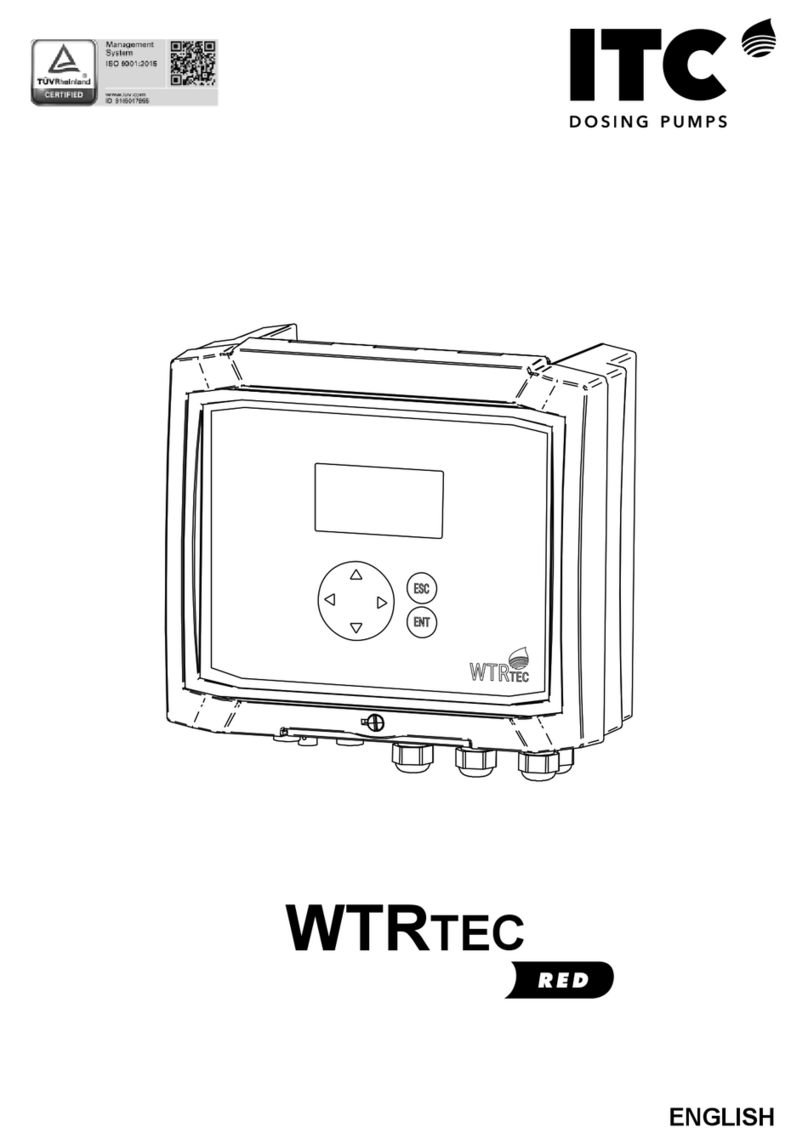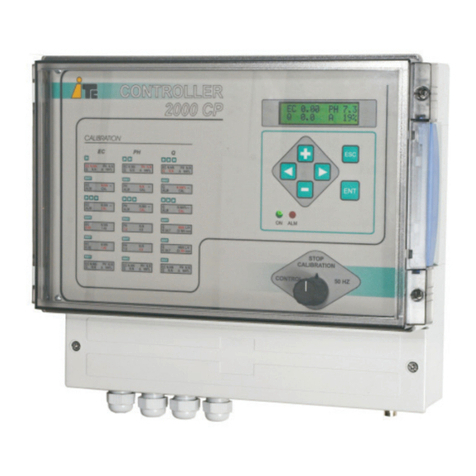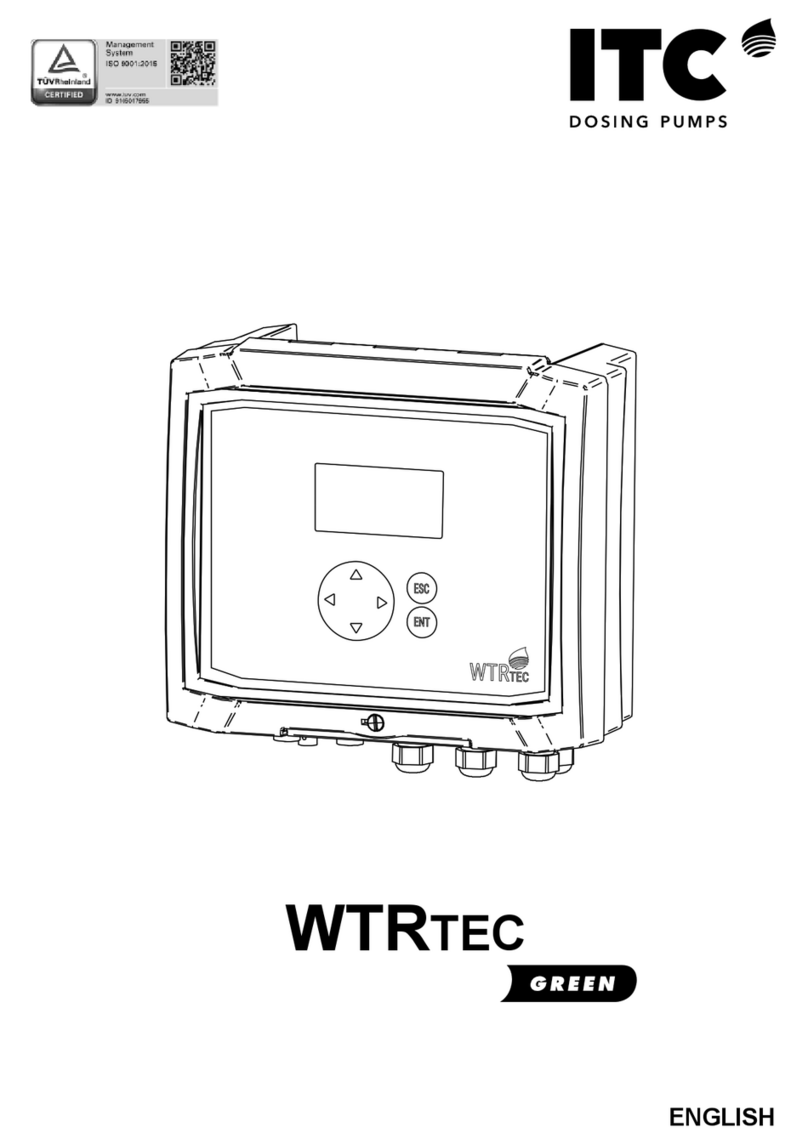
3030 Corporate Grove Dr • Hudsonville • MI • 49426
Phone:
616-396-1355
•
www.itc-us.com
•
[email protected] •
DOC#:
710-00016
Rev
G
•
12/17/18
Installation Considerations for Preventing EMI Noise
Electromagnetic interference (EMI) is any unwanted signal which is either radiated(thru air) or conducted(thru
wires) to electronic equipment and interferes with the proper operation and performance of the equipment.
All electrical/electronic components that have varying or switching currents, such as RGB lighting, create Elec-
tromagnetic interference (EMI noise). It is a matter of how much EMI noise they produce.
These same components are also susceptible to EMI, especially radios and audio ampliers. The unwanted au-
dible noise that is sometimes heard on a stereo system is EMI.
WHAT IS EMI NOISE?
1. Turn off LED light(s)/controller(s)
2. Tune the VHF radio to a quiet channel (Ch 13)
3. Adjust the radio’s squelch control until the radio outputs audio noise
4. Re-adjust the VHF radio’s squelch control until the audio noise is quiet
5. Turn on the LED light(s)/controller(s) – If the radio now outputs audio noise then the LED lights may have
caused the interference.
6. If the radio does not output radio noise then the problem is with another part of the electrical system.
If EMI is observed the following steps should help isolate the problem.
DIAGNOSING EMI NOISE
GROUNDING (BONDING) : How each component is connected and routed to power ground is important.
Route the ground of sensitive components back to the battery separately. Eliminate ground loops.
Once the EMI noise is isolated the following steps can be used to help prevent and lessen the effect of the
noise.
CONDUCTED & RADIATED SOLUTIONS
SEPARATION : Physically separate and mount the noisy components away from sensitive components.
In the wire harness, separate the sensitive wires from the noisy wires.
FILTERING : Add ltering to either the device creating the noise or the sensitive device.
Filtering may consist of power line lters, common-mode lters, ferrite clamps, capacitors and inductors.
RADIATED SOLUTIONS
SHIELDING :
Shielded cables can be used. Shielding the component in a metal enclosure is also an option.
PREVENTING EMI NOISE
If you continue to experience EMI issues please contact your ITC sales representative.

























